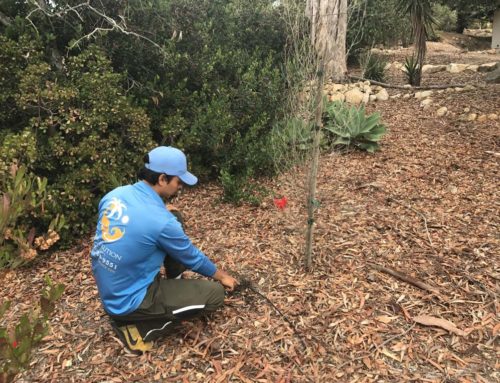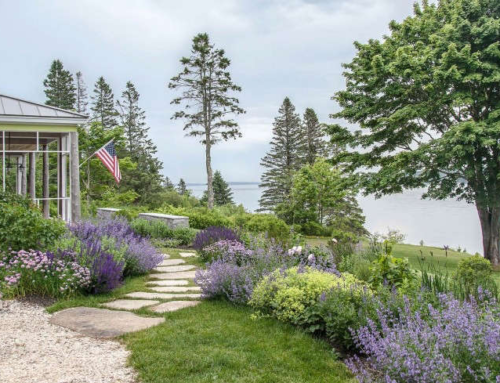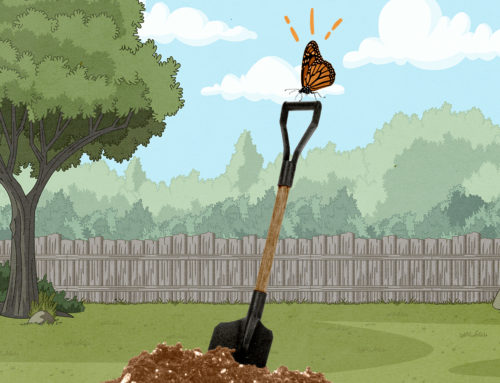Fertilizing Your Indoor Plants
Just because plants are growing indoors doesn’t mean that their care beyond regular watering goes to the wayside. In fact, because indoor plants don’t have access to the benefits of the outdoor environment, they require special attention to supplant the nutrients they would otherwise get from the soil, air, and sun. Plants’ fertilization is a major component of that routine, but it’s important to know how:
Prepare the plant. Look at the plant and feel the soil to decide if it’s due for a watering. If the plant has its fill of water, it’ll be better prepared to take up a liquid fertilizer without a shock to its system. Also, take a look at the overall health of the plant. Remove any dead stuff and evaluate whether it looks strong enough to handle the impact of fertilizer. After watering and clean up, let it rest before applying a fertilizer.
Choose the right fertilizer. Be sure that the fertilizer is appropriate for the type of plant, particularly the difference between outdoor and indoor plants! Liquid fertilizers are usually best for indoor plants because they can easily be applied in quantities that are right for the size of the plant and its pot. The liquid soaks evenly into the soil, too, and the fertilizer can be diluted for application at a rate that will avoid over fertilizing and injuring the plant.
Hire a backyard landscaping expert
Backyard landscapingDo it right. Always follow the manufacturer’s directions for using the fertilizer properly. Never apply it directly to the leaves or too close to its stem lest you injure the fleshy part of the plant.
Pick the right time. If you just bought and potted the plant in fresh soil, you can probably hold off on fertilizing for a few months. Potting soils have their own fertilizers to give your plant a healthy start and to add any more might bring your plant unwanted stress. And even though your plants are indoors where the temperature conditions are relatively consistent, the hours of available sunlight still have an effect. Therefore, it’s best to fertilize in the early spring, just as you would do to plants outside.
Know your plants’ needs. Fertilizer isn’t always the answer to bringing your droopy philodendron back to life, just as more water and more sunlight can be too much of a good thing. Evaluate what is ailing on your plant and do a little research to better understand what might be happening. Yellowing leaves can mean a nutrient deficiency or too muchwater, so obviously watering more will not help; in fact, it can impede the uptake of nutrients. If you suspect the soil is too dry, look for wilting leaves. Most plants should feel fleshy and firm. Fertilization is usually helpful to plants that have not grown at the expected rate.
So, while indoor plants can provide maximum enjoyment with just a few simple maintenance routines, those routines are still incredibly important to ensuring your plants thrive and grow for years to come.






Leave A Comment
You must be logged in to post a comment.